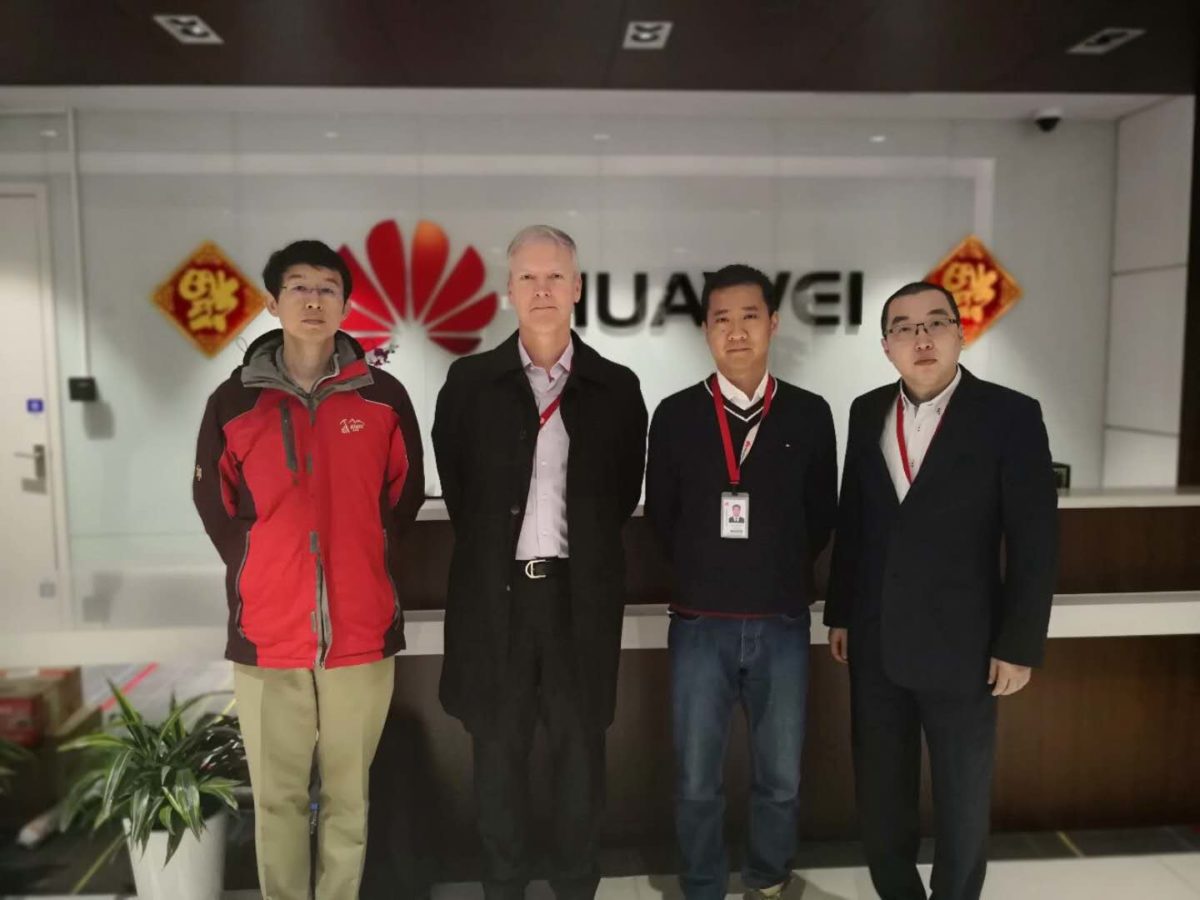Located high up in the Himalayas, a 20 MW solar PV project rests upon the mountains. The ground-mounted installation is a challenging one, also for people like Matthias Wagner, not acquainted with such elevations. Wagner is the Executive Director of Global Channel Sales Management in the Smart PV Business Unit at Huawei. In this position, he has to travel to countries around the globe to meet customers and colleagues to handle a wide variety of PV projects. When we met with Wagner in March, he highlighted how such a project poses challenges for the equipment used, be it the solar panels or the inverters.
For the project developer and EPC handling this particular project, the choice of inverter ended up being a straightforward one: Huawei’s string inverters are well suited for this project for a number of reasons. Wagner points out, at such high elevations, the passive cooling technology developed by Huawei is superior to cooling technology which relies on active components. The latter requires air molecules to transport the heat out of the inverter. But at such altitudes the air is thin, so there is a lack of molecules available to do this critical job.
Huawei has a long track record in facing such difficult environments in the far corners of the earth as a leading telecommunications equipment manufacturer. It has used this expertise to build inverters that can withstand very challenging environments, be it way up in the Himalayas, the deserts of the Middle East and Africa, or other harsh environments. This far flung project experience has also yielded a global support network, providing rapid customer care and spare parts supply across the globe.
In this year’s edition we focus on digitalization and how Huawei is applying its expertise in building digital communications networks to the PV industry. Be it residential rooftop, C&I, utility-scale, or smart management systems, Huawei enables PV system owners and operators to see real-time key metrics of the photovoltaic plant. These metrics provide the basis to improve the O&M efficiency sharply, thereby boosting project ROI and the drive towards grid parity. Huawei’s focus on distributed architectures based on string inverters delivers richer metrics and helps explain the increased market share of this inverter class compared to central inverters.
Smart meters, smart grids, Internet of Things (IoT), big data, and artificial intelligence (AI) form part of this drive towards digitalization. As energy storage and e-mobility are added to the mix, we will face a completely new energy paradigm where multiple streams of real-time data will be combined, often by way of IoT, big data, and AI to deliver optimal outcomes and improved returns. It is all shaping up to be a very exciting journey and one that we can be proud of as it helps drive the world away from fossil fuels and towards clean renewables. Huawei is at the forefront of these developments as you will surely agree after taking in the content of this 2019 special edition.
This content is protected by copyright and may not be reused. If you want to cooperate with us and would like to reuse some of our content, please contact: editors@pv-magazine.com.
